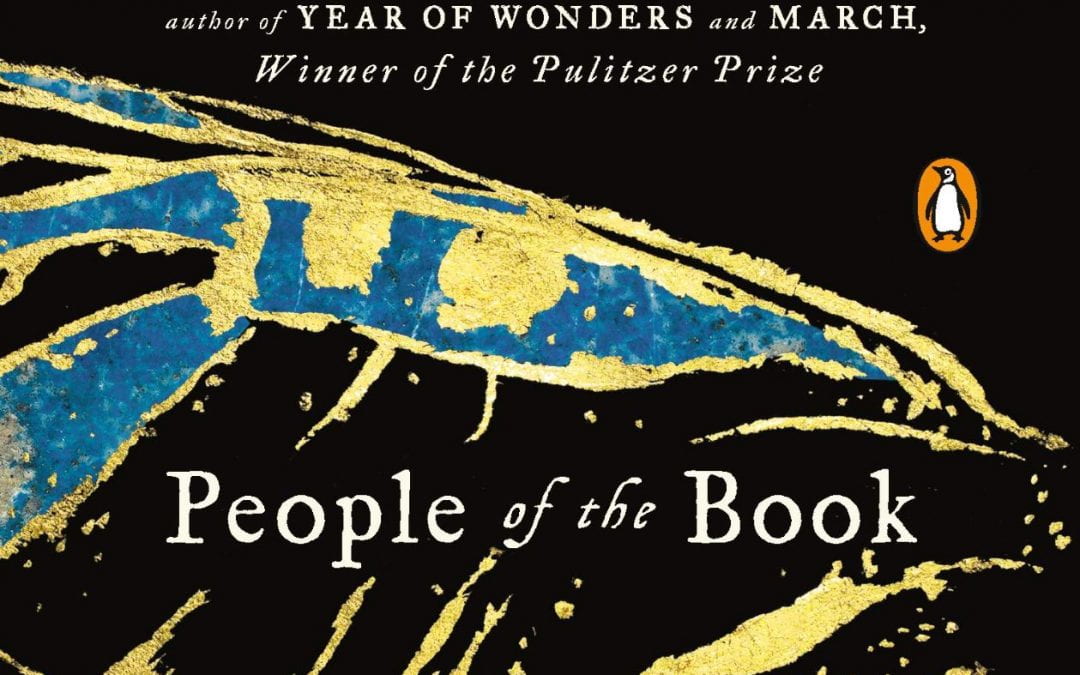June 2020 Museum Reads. Learn more about this new monthly feature here.
In 1996, in the wake of the Bosnian War, rare book conservator Dr. Hanna Heath journeys to still battered Sarajevo to examine and repair a 15th century Jewish Haggadah. It isn’t an ordinary Haggadah though. Alongside Heath, readers undertake a journey to unravel the mysteries behind its 500-year-old existence and the lives it touched.
With powerful storytelling across five-hundred years and multiple countries, I highly recommend giving Geraldine Brooks’ People of the Book a try. The importance of cultural heritage and the lengths people went to protect it was amazing, especially considering the book was inspired by true events.
For people who enjoy historical fiction, museums, mysteries, and the feel of a physical book in their hands.
– Laurel Lamb, UA Curator
Behind the Book’s Real Life Inspiration
“Even before the plane landed, you could see the war.”
In the summer of 1992, the 200,000 volume library of Bosnia’s National Museum was evacuated under shelling and sniper fire. One of the many volumes saved was the Sarajevo Haggadah, the real-life version of the same book at the heart of People of the Book. One of the librarians, Enver Imamovic, risked his life to rescue the Haggadah and hid it in a bank vault until the war was over. He wasn’t the only one though. During World War II, one of the Museum’s Curators, Dervis Korkut, smuggled the Haggadah out of the Museum to avoid it falling into Nazi hands. In both instances, a Muslim saved the Jewish artifact.
Not all cultural heritage materials were lucky enough to survive the war though. On August 25th, 1992, the National and University Library was shelled and burned. Many people, both staff and citizen volunteers, risked their lives to save as much as they could. Aida Buturovic, a librarian, was shot to death by a sniper. The library burned for three days and approximately 2 million volumes of rare books, newspapers, documents and more were lost.
“I asked once, and the library assistant told me there were more than a hundred thousand books there, and more than sixty million pages of documents. It’s a good number, I think: ten pages for every person who died. A kind of monument for people who have no gravestones.”
[In reference to an archive after WWII]
The destruction of cultural heritage during wartime is not new. To destroy it is an attempt to erase a group’s identity, their past and their future. Thanks to the dedication of people like Dervis Korkut and Enver Imamovic though, cultural heritage has been saved time and time again. The book was a moving tribute to the many people who have risked their lives to save the contents of cultural heritage institutions throughout history.

0 Comments